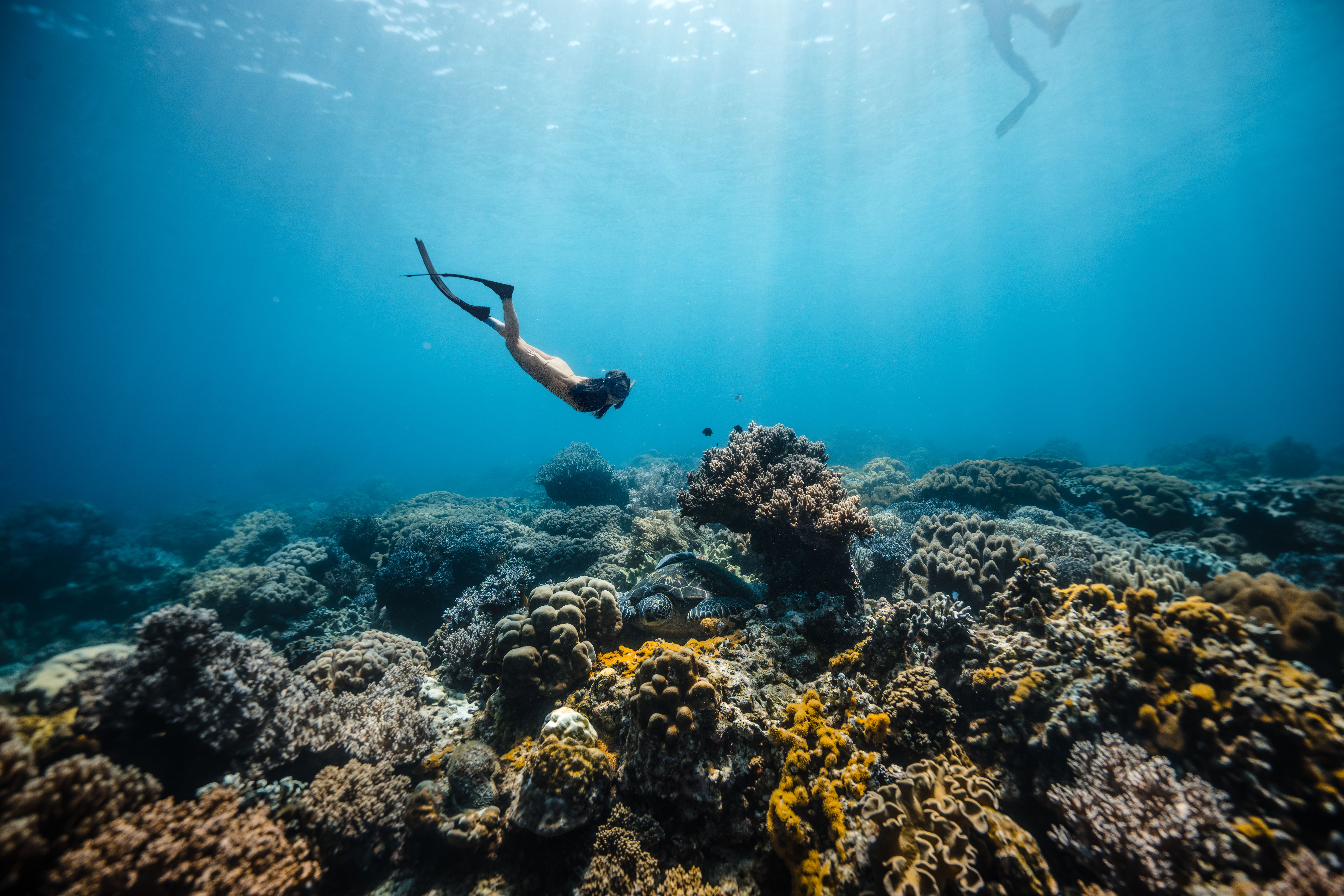Blue holes, the underwater caverns with an entrance below the water’s surface, are some of the most mysterious and intriguing destinations for divers around the globe. Their depth, clarity, and unique ecosystems offer one-of-a-kind aquatic adventures, especially for those into freediving. For the uninitiated, freediving is diving without the use of breathing apparatus, relying solely on one’s ability to hold their breath. If you’re eager to explore the hidden depths of our planet, here are seven top blue holes you should consider for your next freediving adventure.
The Enigma of Blue Holes
Before diving into the list, let’s understand what makes these underwater wonders so captivating. Blue holes are typically circular, steep-walled depressions that are often the remnants of ancient caves or sinkholes. Over time, these caves collapsed and filled with water, creating vertical caves that are open to the surface and extend deep below.
They are not only geological marvels but also biological hotspots, harboring a plethora of marine life. The deeper parts of blue holes can be devoid of oxygen, creating a unique environment that can preserve ancient microbial life forms and even fossils of long-extinct species.
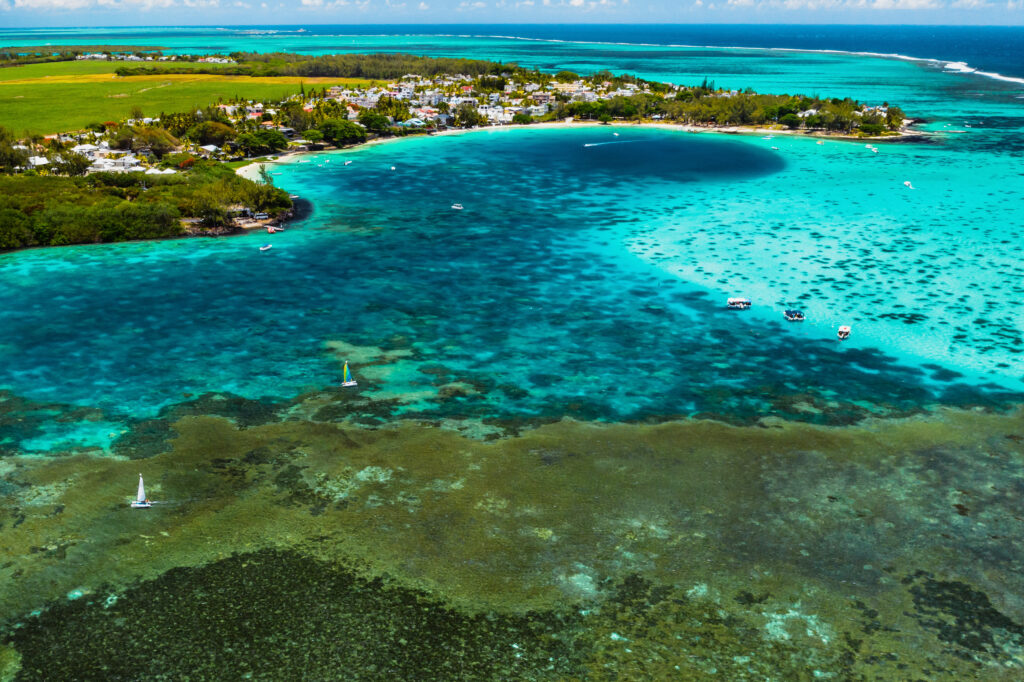
Dean’s Blue Hole, Bahamas
The Bahamas is home to Dean’s Blue Hole, the second deepest known saltwater blue hole in the world. Dropping to a staggering depth of around 202 meters (663 feet), Dean’s Blue Hole is a mecca for freedivers.
Why Dive Here?
Its crystal-clear waters and relative proximity to shore make it an ideal spot for those looking to push their limits in freediving. The hole is surrounded by a small private beach, offering a tranquil setting for both diving and relaxation.

Blue Hole, Dahab, Egypt
The Blue Hole in Dahab is arguably the most famous dive site in Egypt and one of the most dangerous in the world due to its challenging archway that lies at a depth of 56 meters (184 feet). For freedivers, it provides an otherworldly experience.
Why Dive Here?
The contrast of the dark blue hole against the lighter blue of the open water creates a visually stunning experience. With its rich marine life and coral-lined walls, it’s a must-visit spot for any serious freediver.

Great Blue Hole, Belize
Located in the Belize Barrier Reef Reserve System, the Great Blue Hole is a giant marine sinkhole that is over 300 meters (984 feet) across and 124 meters (407 feet) deep. It is a UNESCO World Heritage site and one of the most iconic underwater sites in the world.
Why Dive Here?
The Great Blue Hole offers divers the chance to explore crystal-clear waters, massive stalactites, and drop-offs that descend into the abyss. It’s an unforgettable dive that provides a genuine sense of exploration.
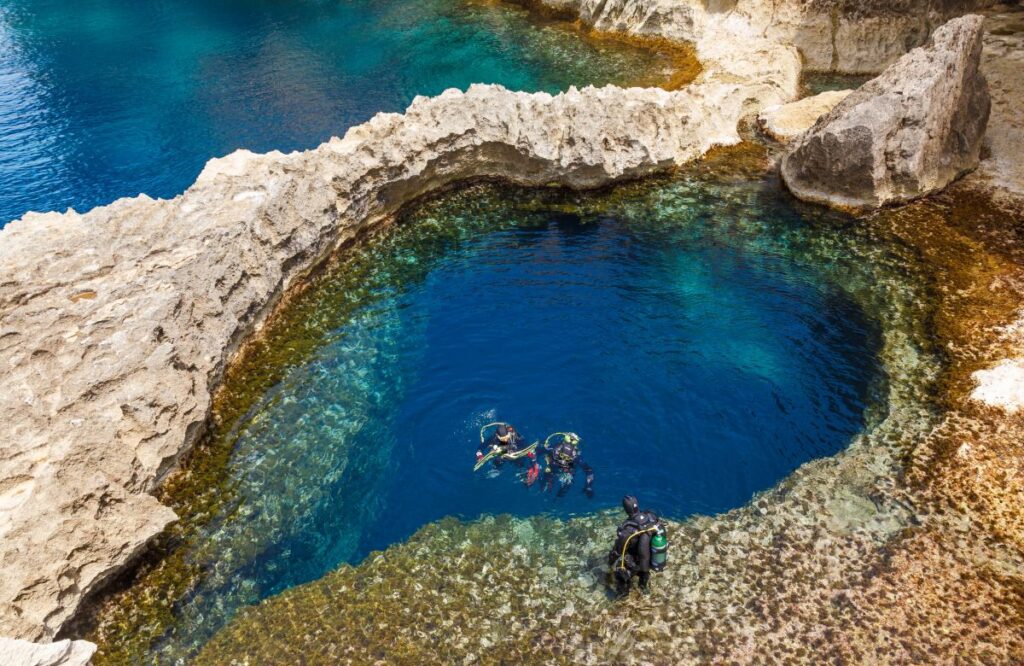
Blue Hole, Gozo, Malta
Situated on the west coast of Gozo in Malta, the Blue Hole is a popular dive site that begins in a pool leading into an open ocean through a large crevice. Its maximum depth is around 15 meters (50 feet), making it more accessible for beginner freedivers.
Why Dive Here?
The Blue Hole in Gozo is known for its stunning visibility, marine life, and the natural archway that frames the entrance to the open sea. It’s a breathtaking dive that offers a mix of cave diving and open water experiences.
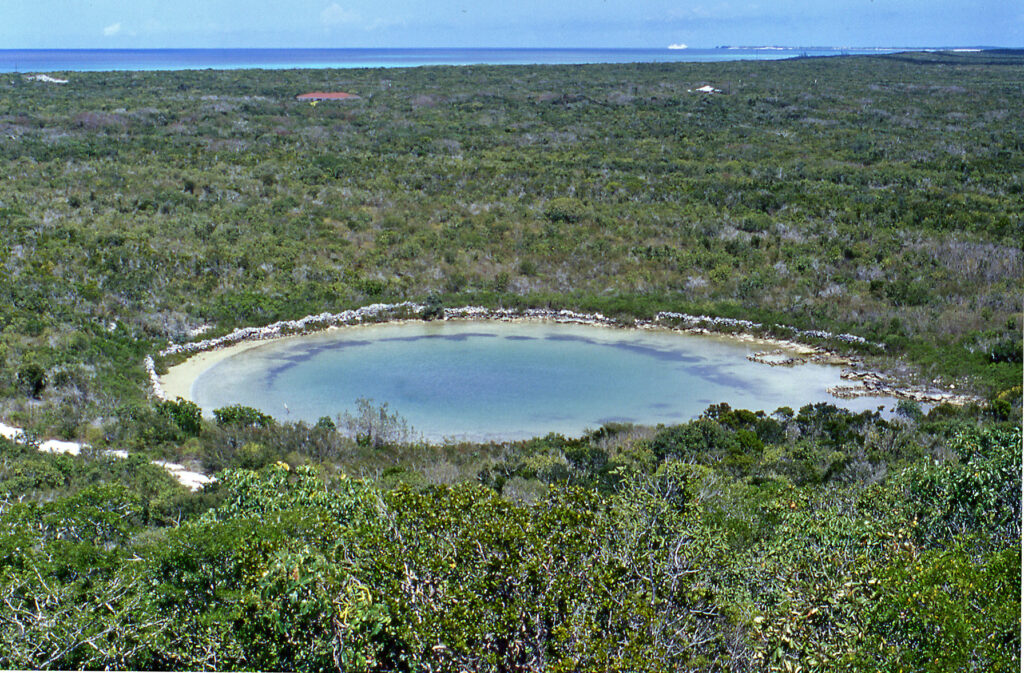
Watling’s Blue Hole, San Salvador, Bahamas
Another gem in the Bahamas, Watling’s Blue Hole, is a part of the inland blue holes that give a different flavor of diving compared to their oceanic counterparts.
Why Dive Here?
With its lush surrounding vegetation and serene atmosphere, Watling’s Blue Hole provides a more intimate diving experience. The water is incredibly clear, and the hole is home to a variety of freshwater and saltwater species due to its tidal nature.
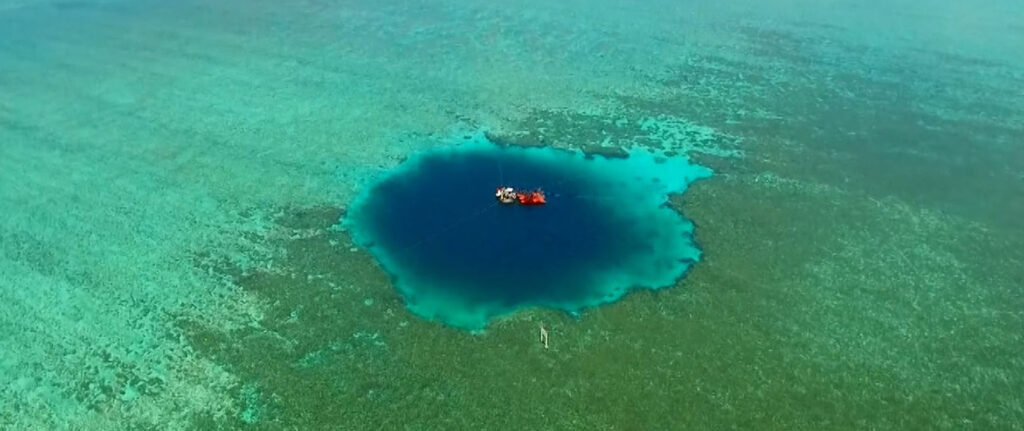
Dragon Hole, South China Sea
Dragon Hole, or the “eye of the South China Sea,” is considered the deepest blue hole known to date, with depths reaching over 300 meters (984 feet). It’s a relatively new discovery and not as accessible as the others on this list, but it represents the ultimate challenge for experienced freedivers.
Why Dive Here?
The sheer depth and mystery of Dragon Hole make it an enticing destination. The biodiversity of this blue hole is still being explored, offering divers the chance to witness species not found anywhere else.
Safety Considerations for Freediving Blue Holes
Freediving in blue holes can be dangerous, and safety should always be the primary concern. Here are some tips to ensure a safe dive:
- Never dive alone. Always have a dive buddy or be accompanied by a professional guide.
- Make sure you are well-trained and comfortable with freediving techniques and safety procedures.
- Be aware of the risks of nitrogen narcosis and decompression sickness, even though you’re freediving.
- Use a dive computer or depth gauge to keep track of your depth and dive time.
- Respect your limits and the environment. Avoid touching marine life and the walls of the blue hole.
Conclusion
Blue holes are among the world’s most extraordinary underwater caves, offering freedivers an unparalleled experience. From the famous Great Blue Hole in Belize to the deep Dragon Hole in the South China Sea, these seven destinations offer a glimpse into the planet’s hidden depths. Remember, while the thrill of freediving these wonders is undeniable, safety must always come first. So, grab your fins, take a deep breath, and plunge into the adventure of a lifetime!

